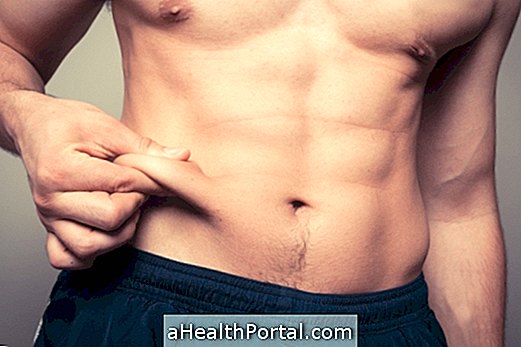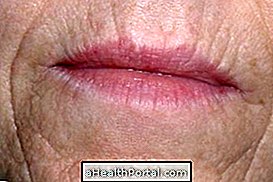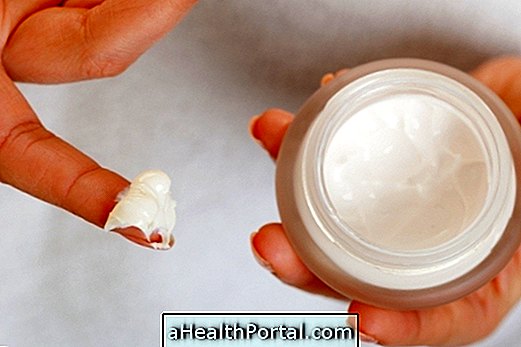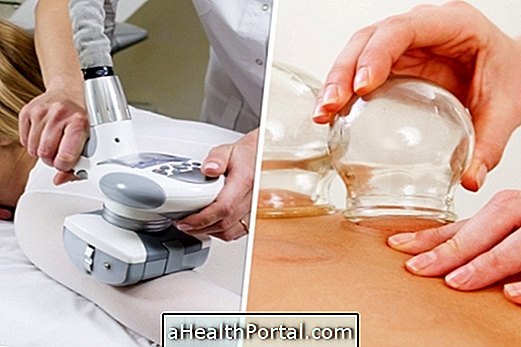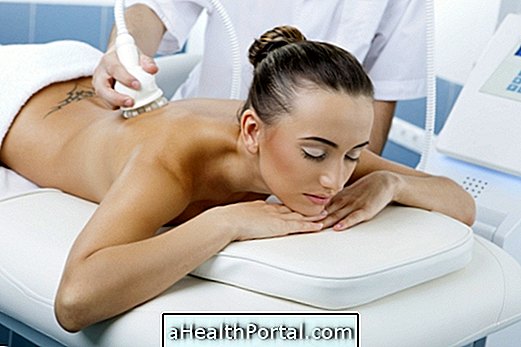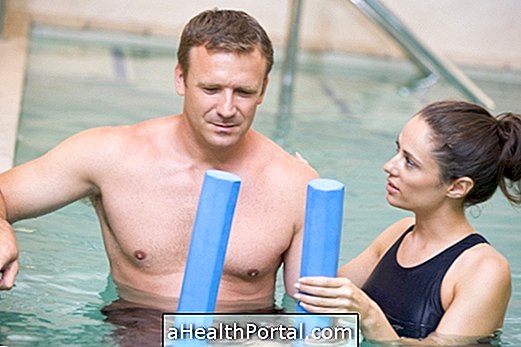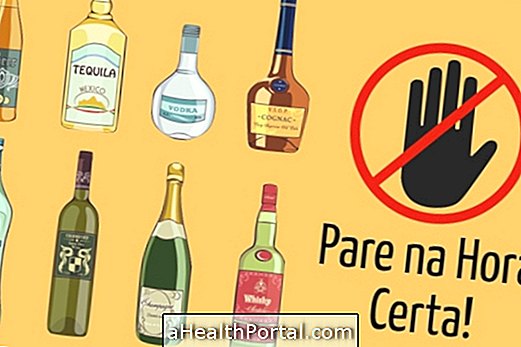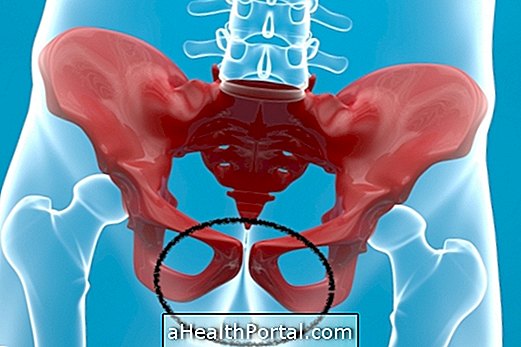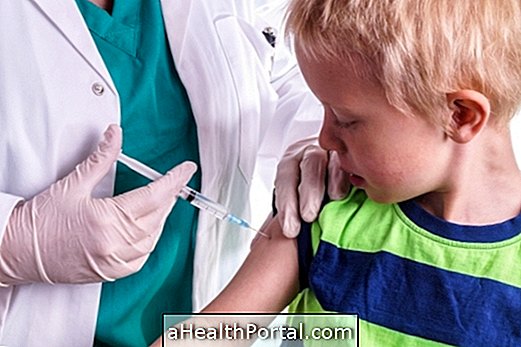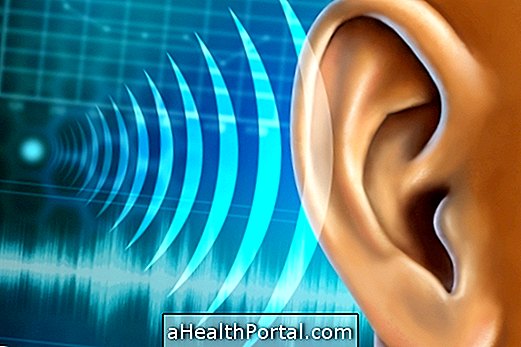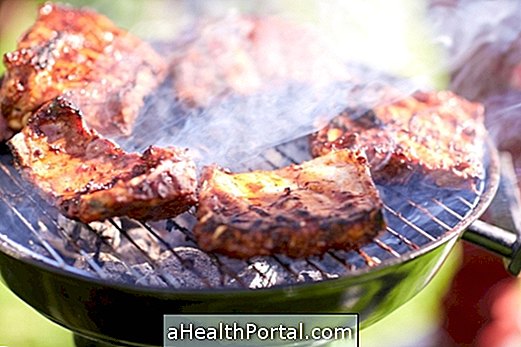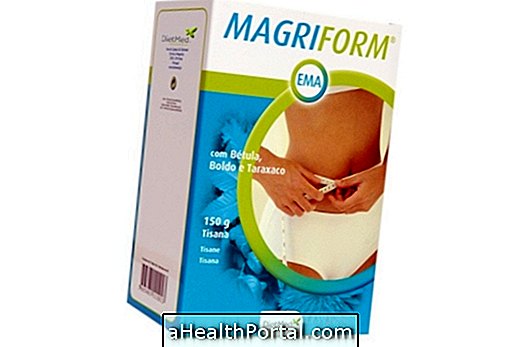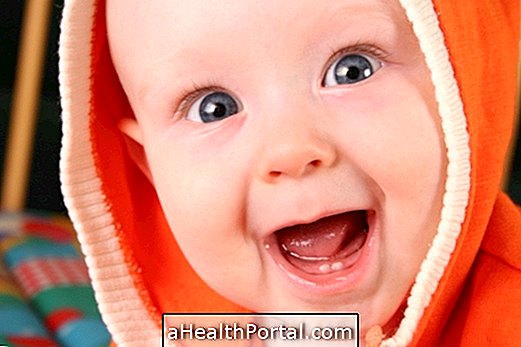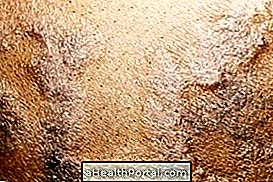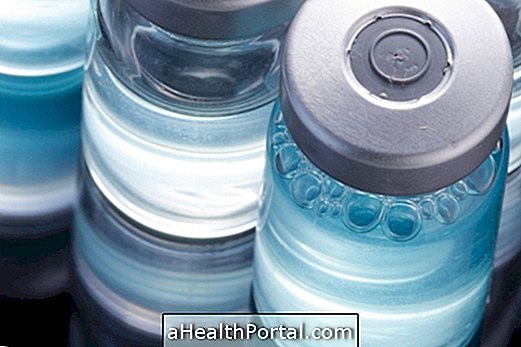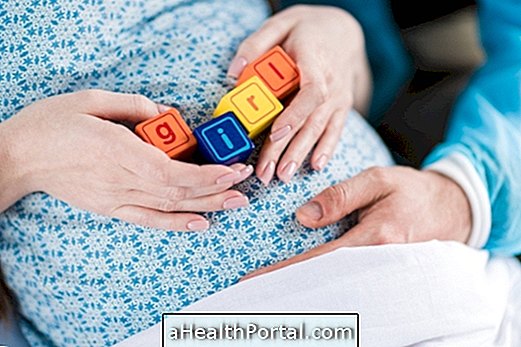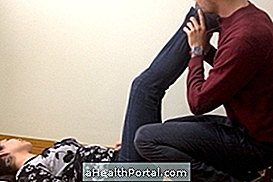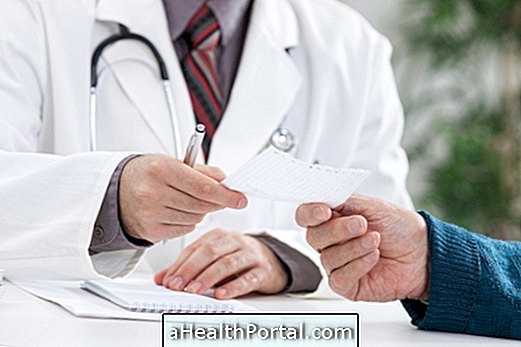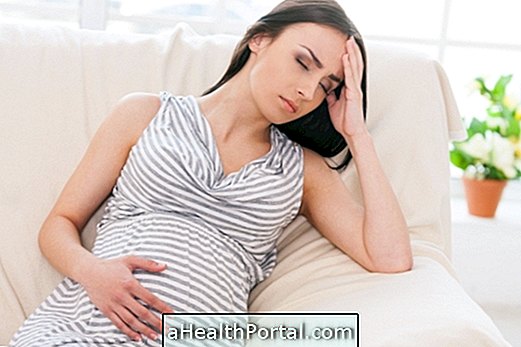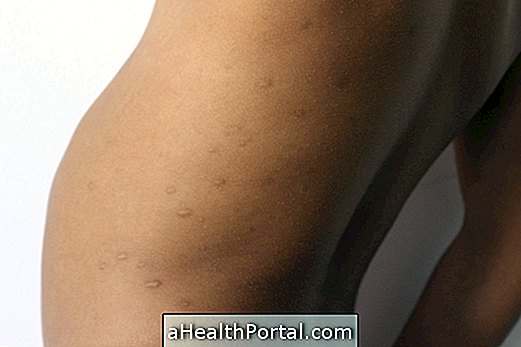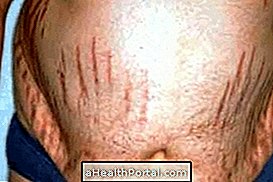Treatment for pimples involves cleansing the skin with the application of creams or lotions, in addition to home care such as increased consumption of foods that help decrease inflammation of the skin, such as salmon, fruits, vegetables and sunflower seeds, in addition to to avoid fried foods and sweets, for example.
To definitely treat acne and pimples, it is recommended to consult with a Dermatologist, who will evaluate the skin type and causes, and may indicate specific products and remedies that can dry up and prevent the growth of new lesions such as antibiotics, contraceptives, creams retinoids and, ultimately, isotretinoin, known as Roacutan.
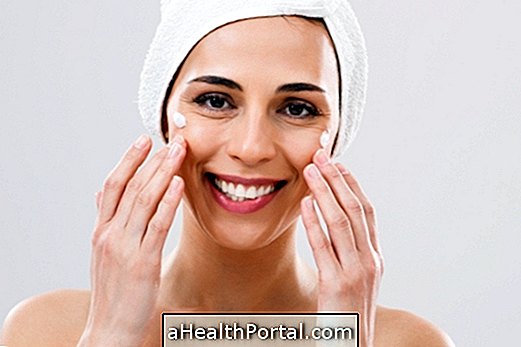
During treatment, it is important to keep the skin clean, using specific products for each skin type, in addition to avoiding to stir or squeeze the pimples. The main treatment options are:
1. Cleaning Agents
Products in the form of a lotion, gel or bar are used to remove excess oiliness, and can be used 2 to 3 times a day to prevent the accumulation of fat, dead cells and impurities that clog pores and form pimples.
These products are found in the pharmacies or cosmetics stores, of the most varied prices. There are also options for all types of skins, from the most oily to the most dry.
2. Retinoid medications
They are creams that contain substances that are used at night or 2 times a day, and are sufficient to solve most cases of grade 1 acne. Some of the topical retinoids available are:
- Retinoic acid;
- Adapalene;
- Benzoyl peroxide;
- Salicylic acid;
- Azelaic acid;
- Isotretinoin;
- Topical antibiotics.
Generally, these products prevent the formation of new pimples and inflammations on the skin, which can be of various types and can be purchased ready or formulated in manipulation pharmacies, and should be prescribed by the Dermatologist.
3. Antibiotic tablets
There are antibiotics that are able to decrease the population of bacteria that inhabit the skin and develop pimples and should be used in cases of inflammatory pimples present in grade 2 or 3 acne and are usually used in association with face products .
Some examples of antibiotics used in this treatment are Tetracycline or Erythromycin, for example, and should only be used under the guidance of the Dermatologist and for a period of time determined by the physician.
3. Oral isotretinoin
Also known as Roacutan, this medication is only used in cases of severe and inflamed acne, which happens in grade 3, as it has a potent anti-inflammatory and sebaceous gland inhibitor, drying the pimples.
Its use is only done with the Dermatologist's prescription because it produces many side effects such as dryness of the skin and lips, nasal dryness, conjunctivitis, and should be used with care.

4. Antiandrogenic contraceptive
Contraceptives are used for acne resistant in women who have worsening of pimples in the premenstrual period or who have excess androgenic hormones, such as testosterone, that make the skin's oils increase.
Some examples are Diane 35, Elani or Aranki, and their use should be directed by the Gynecologist. Learn to choose the best contraceptive for acne.
5. Other techniques
There are skin treatments, made by the Dermatologist, such as radiofrequency, phototherapy with special lights, laser and pulsed light that are very useful to decrease and deflate the region of acne. They are great options for those who can not or want to avoid using medications, or to associate with other treatments and have even better results.
Home Treatment for Pimples
The home treatment for pimples and blackheads involves:
- Avoid sweets and fried foods, alcoholic drinks and carbonated drinks, since they make digestion difficult and damage the skin;
- Have a diet rich in omega 3, zinc and antioxidants, choosing to eat salmon, sunflower seeds, fruits and vegetables because they reduce inflammation of the skin.
- Wash skin daily with running water and dry very well, without rubbing.
In addition, it is important to avoid wearing makeup because it clogs the pores of the skin and fat accumulates, promoting the appearance of pimples, especially when there are internal pimples.
Check out, also, the nutritionist's guidelines on natural forensics to combat pimples:

Signs of improvement
Treatment results are usually seen after 1 to 3 months of treatment, when healing, size and severity of the pimples can be noted.
At the end of the treatment, maintenance is required to avoid the recurrence of blackheads and pimples with cleansing lotions or retinoids, as well as feeding care.
